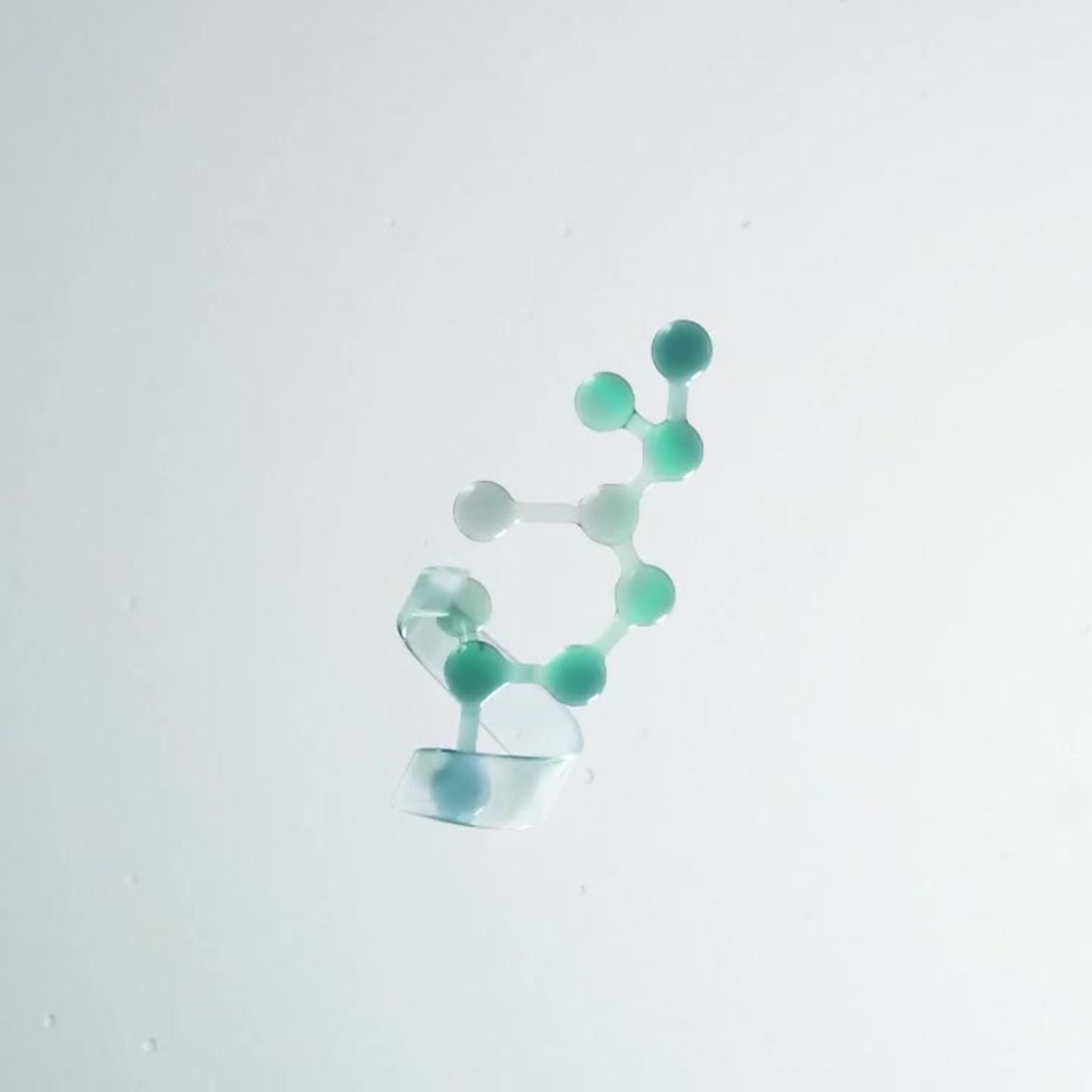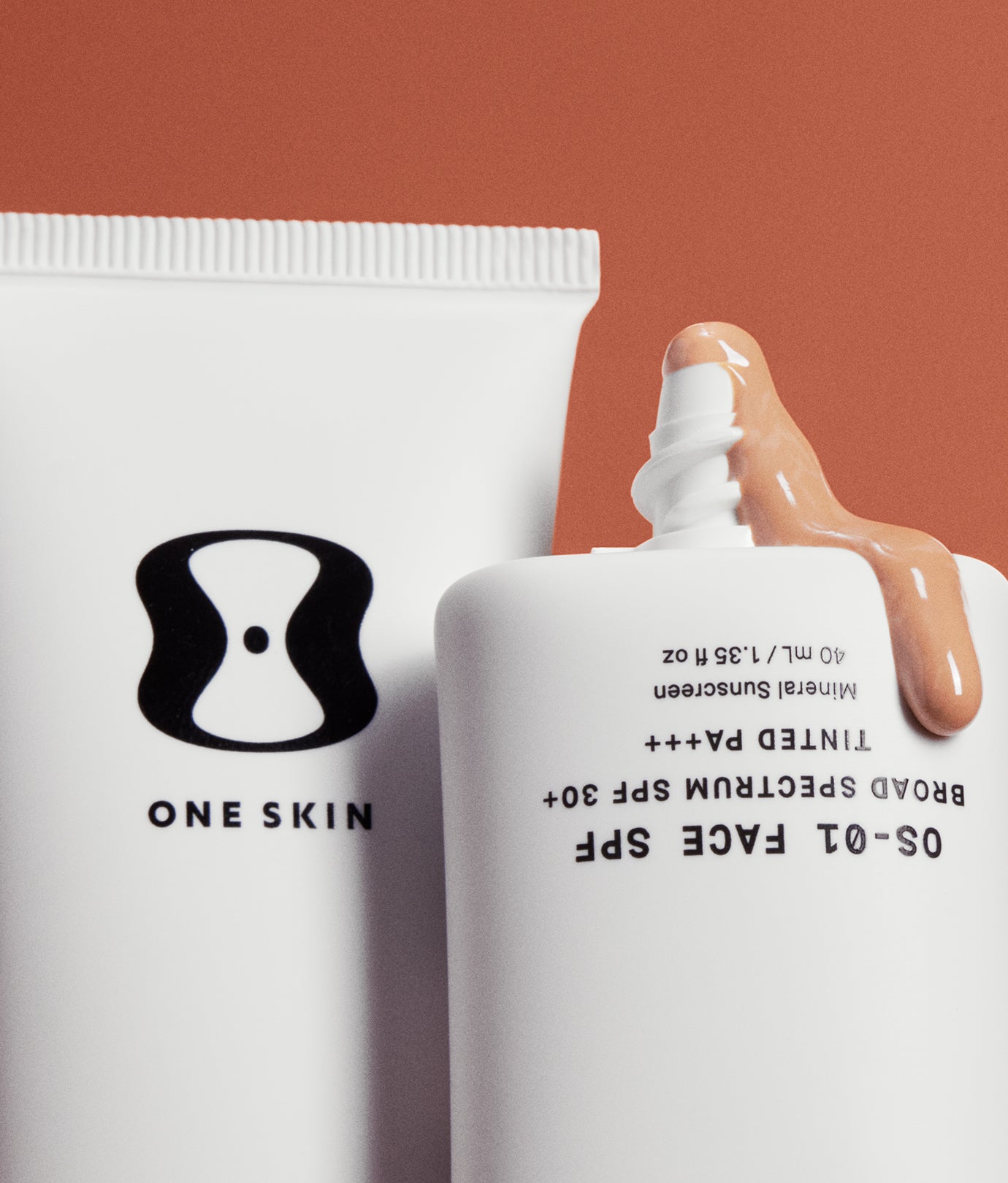The importance of summer skin care and proper sun protection cannot be overstated. Sunscreen is a proven way to protect your skin from premature aging and sun damage. Although awareness of sunscreen’s importance is increasing, only 10-30% of people consistently apply sunscreen when not at the beach or pool.[1]
This is likely a result of traditional sunscreens’ poor compatibility with different skin tones and under makeup, making daily application even less common. Not to mention that mineral sunscreens, which are gaining popularity due to their safety profiles, often leave white casts, especially on darker, melanin-rich skin. That’s why we expanded our range of tinted sunscreens to include darker tones, making it easier to integrate a daily broad-spectrum SPF into your routine. If you’re looking to protect your skin without compromising on your beauty routine, you're in the right place.
How Does Tinted Sunscreen Work?
A majority of tinted sunscreens are mineral sunscreens, with the tint serving as a way to reduce white cast on skin. (Read more about the difference between mineral vs chemical sunscreen here.) Mineral sunscreens contain ingredients like zinc oxide and titanium dioxide, which are white in color; these ingredients contain large molecules that sit on the skin’s surface. Due to this, regular mineral sunscreens can leave a very visible white residue.[2] Tinted sunscreens solve this problem by adding pigmentation.
Mixed with natural mineral pigments such as iron oxides, tinted sunscreens can be colored and matched to a variety of skin tones. These naturally occurring minerals are chemically inert and can even be used on sensitive skin.[3] Due to these added minerals, tinted sunscreens could have several advantages over non-tinted sunscreens.
Tinted sunscreens not only eliminate white cast, but when comparing tinted vs. untinted sunscreens, tinted face sunscreen varieties can offer additional protection against visible light.
How Does Tinted Sunscreen Block Visible Light?
Visible light comes from many natural and manmade sources, like the sun, our phones, and computers. This type of light, especially when generated by screens, gives off potentially harmful blue light that ages the skin.[4] Visible light penetrates deep into the skin and stimulates melanin production. It's associated with several skin conditions like hyperpigmentation and melasma, and has also been linked to premature aging of the skin.[5,6]
To block visible light, your sunscreen has to be visible on the skin. This means non-tinted sunscreens would need to remain opaque on the skin's surface to successfully block visible light. The problem is that untinted sunscreen is meant to disappear on the skin due to its prominent white color. Tinted sunscreens don't have that problem and can, therefore, remain on the skin's surface.
Tinted sunscreens contain pigments that block harmful UV rays, visible light, and blue light. This makes it more effective at slowing the aging process in the skin.[7,8,9] That's why tinted sunscreen is beneficial even if you spend most of your days indoors. They also eliminate white cast. These properties have made tinted sunscreen an emerging favorite among skincare enthusiasts.
How Can You Tell if Tinted Sunscreen Is Right for You?
Before switching to tinted sunscreen, it's important to assess whether it suits your needs and preferences. Consider the following factors:
- Skin Concerns: If you have specific skin concerns, such as acne or hyperpigmentation, tinted sunscreen can provide targeted coverage while protecting your skin. Tinted sunscreens formulated with iron oxides (like our tinted versions of OS-01 FACE SPF) are clinically proven to be effective in preventing hyperpigmentation and treating melasma due to their blue light-blocking properties.[10,11] These benefits aren't just limited to those with lighter skin tones. Tinted sunscreen also helps reduce hyperpigmentation in individuals with darker skin (Fitzpatrick skin types IV-VI).[11]
- Lifestyle and Occasions: Evaluate your daily activities and the occasions where tinted sunscreen may be more practical. Spend a lot of time in front of screens? Tinted sunscreen may be a good option for you, as it blocks blue light from screens, a lesser-known factor contributing to skin aging.
How Do You Choose The Perfect Shade of Tinted Sunscreen?
When it comes to selecting a tinted sunscreen that complements your skin tone, there are several key factors to consider:
- Undertone: Understanding your undertone can be helpful when selecting the right shade of tinted sunscreen. Undertones can be warm, cool, or neutral, and they determine how colors appear on your skin.[12] However, unlike matching a foundation to your skin tone, most tinted sunscreens only offer sheer coverage. This means your tinted sunscreen only needs to blend into your skin tone, not match it perfectly.
- Skin Tone: Consider the depth or darkness of your skin tone, ranging from very light to dark. This factor is essential in finding a tinted sunscreen that blends seamlessly with your natural skin color. You may have to try several shades or consider mixing tinted and untinted formulas to find the best fit.
- Specific Skin Concerns: Consider any specific skin concerns you may have. If you have acne-prone skin, look for a tinted sunscreen that offers oil-free and non-comedogenic properties to prevent breakouts.[9]
Tinted Sunscreen Application Tips for a Flawless Finish
Follow these application steps for an ideal finish:
- Cleanse and Moisturize: Before applying tinted sunscreen, thoroughly cleanse your face with a gentle gel cleanser (we recommend PREP) to remove any dirt. Then, apply a lightweight moisturizer to create a less textured canvas for your sunscreen. Don't just go with any moisturizer, though; choose one backed by science and proven to improve your skin's natural barrier like OS-01 FACE.
- Start Small: A little goes a long way with tinted sunscreen. If you're wondering how much sunscreen to apply to your face, start with a small amount, about the size of a pea, and spread it evenly across your forehead, cheeks, nose, and chin. This helps distribute the product evenly across your face.
- Build Up if Needed: Assess the coverage and gradually build up the tinted sunscreen if more coverage is desired. Add incremental amounts at a time to ensure a natural-looking finish.
- Give Your SPF Time To Set: Some tinted sunscreens tend to darken after application due to oxidation and other factors that slightly affect their pigmentation. OneSkin’s tinted versions of OS-01 FACE SPF may darken slightly after being properly applied to your skin, so if it appears too light at first, you may want to wait a few minutes for it to fully set. Note that because mineral sunscreen forms a physical barrier on the skin, you should leave tinted mineral sunscreen as the last step in your skin care routine before applying makeup to avoid diluting the barrier.
You may even decide to use your tinted sunscreen in lieu of a traditional makeup primer. Keep in mind that tinted sunscreens are not meant to provide heavy coverage like foundation. They offer sheer to light coverage, allowing your natural skin to shine through while providing sun protection.
Key Takeaways
- Tinted sunscreens reduce white cast on skin. They contain pigment to blend with skin tones.
- Tinted sunscreen incorporates pigmented minerals, like iron oxides, which may offer additional benefits for the skin.
- Tinted sunscreens contain visible pigments that block both UV radiation and visible light and may be more effective at slowing aging in the skin.
- Tinted sunscreen serves as a fantastic substitute for a traditional makeup primer and can even serve as a light-coverage base. This makes it a convenient addition to your skin care routine.
References
- https://www.happi.com/suncare-2025/
- https://lesliebaumannmd.com/is-tinted-sunscreen-better-than-untinted-sunscreen/
- https://www.ewg.org/skindeep/ingredients/706410-IRON_OXIDES/
- https://www.ncbi.nlm.nih.gov/pmc/articles/PMC6280109/
- https://pubmed.ncbi.nlm.nih.gov/20410914/
- https://www.ncbi.nlm.nih.gov/pmc/articles/PMC4292080/
- https://pubmed.ncbi.nlm.nih.gov/32289393/
- https://journals.lww.com/dermatologicsurgery/Abstract/2008/11000/Protection_Afforded_by_Sunscreens_Containing.6.aspx
- https://www.health.harvard.edu/blog/tinted-sunscreens-benefits-beyond-an-attractive-glow-2020071320534
- https://pubmed.ncbi.nlm.nih.gov/29381828/
- https://pmc.ncbi.nlm.nih.gov/articles/PMC7894303/
- https://www.healthline.com/health/beauty-skin-care/skin-undertones#how-to-find-yours



